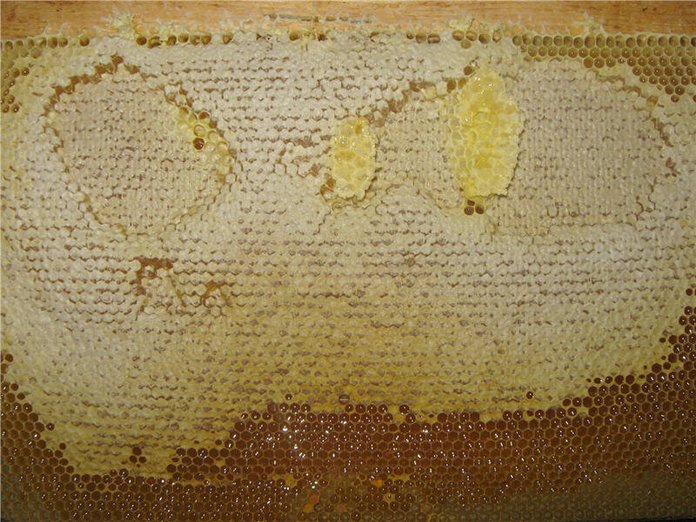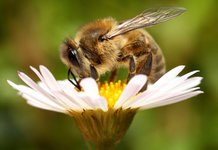
Bees carry not honey, but nectar. If you don’t miss my articles, then of course you are well aware of this. The humidity of nectar can be different: from 40% to 70%, but in any case, it is much higher than the humidity of honey, which should be 18-20%.

Bees perform two operations simultaneously, firstly, they evaporate excess moisture, in addition, they break down complex sugars into simple ones and enrich future honey with special enzymes.
It is difficult for a beekeeper to visually determine if honey has reached the desired moisture content.
The easiest way is to focus on the signet of honey. If the honeycombs are completely sealed by the bees, then the necessary humidity has been reached.
It happens that the beekeeper is in a hurry and pumps out honey with a humidity above 20%. Such honey can ferment. As a result, the most valuable product will be spoiled!
But in addition to the moisture factor, there is another important point - this is the maturity of honey. Surely many of you did not know that honey continues to ripen even after sealing. Therefore, do not rush and download recently sealed frames. You must wait at least 8-10 days. It also makes no sense to wait longer.
Honey collected from canola, heather, ivy, sunflower, etc., sits very quickly, even in a sealed cell. After setting honey in a frame, pumping it out becomes very problematic, and sometimes impossible, so it is important not to rush and not miss the moment.

For this, the beekeeper is professional and is located around the clock in the apiary, even on a nomadic one. He monitors what is happening in the hive and is ready to pump out on the right day, because this is what he, in fact, works for.
To make everything go, as they say, smoothly, it is important to properly prepare and choose a good and suitable honey extractor.


























